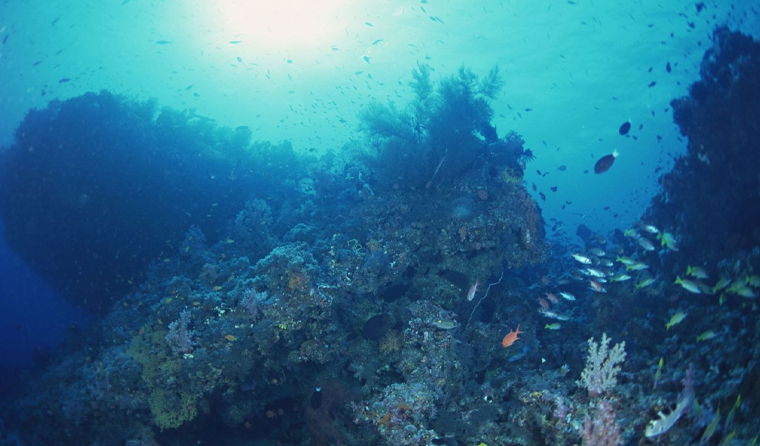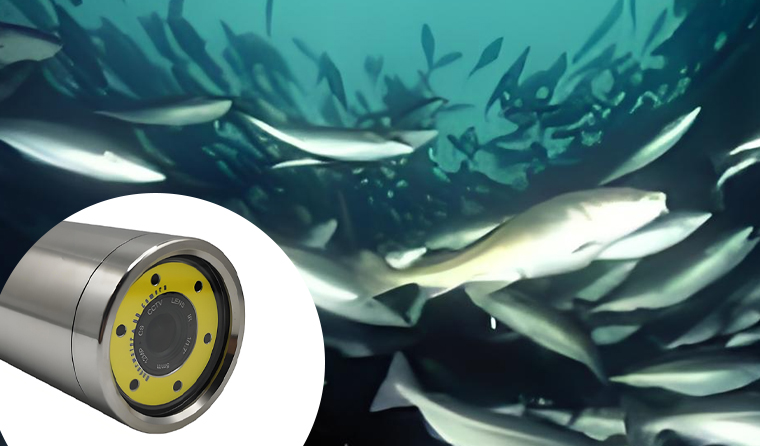What Factors Affect the Visibility of Underwater Breeding Cameras?
Hits: 848 Time: October 25,2025

The visibility of underwater breeding cameras is mainly affected by four core factors: water transparency, lighting conditions, equipment's own parameters, and daily maintenance status. These factors collectively determine the effective observation range of the camera.
Water quality is the primary condition for determining visibility, as impurities in the water directly hinder the transmission of light.
-
Clear water bodies (e.g., deep seas, clean freshwater ponds): With few suspended solids and plankton, light penetration is strong, and visibility can reach 8-15 meters, allowing clear capture of details of fish schools.
-
Turbid water bodies (e.g., inshore seawater, ponds after rain): Containing a large amount of sediment, residual bait, and algae, light is scattered extensively, and visibility can drop sharply to 0.5-3 meters, only allowing the outline of nearby objects to be identified.
-
Special cases: During the breeding process, feeding, fish excretion, or algal blooms will continuously reduce transparency, further shortening the visible range.
The intensity and stability of natural light or artificial fill light directly affect the imaging effect of the camera.
-
Natural light during the day: When light is sufficient, visibility is 3-5 times higher than that at night; if the water depth exceeds 10 meters, the penetration ability of natural light weakens, and visibility will decrease by 20%-30%.
-
Night/low-light environments: Without fill light, visibility is less than 3 meters; if the camera's infrared night vision function is turned on, visibility can be increased to 3-8 meters; when matched with LED fill lights, an effective observation range of 2-5 meters can be maintained in turbid water.

The core parameters of the camera, such as the lens and fill light, determine its efficiency in utilizing light.
-
Lens parameters: Wide-angle lenses (focal length 8-12mm) have a wide field of view and are suitable for short-distance observation in turbid water; telephoto lenses (focal length above 25mm) rely on high-transparency water quality, otherwise visibility will drop significantly; sapphire glass lenses have a light transmittance 15%-20% higher than ordinary glass, giving them a more obvious advantage in low-light environments.
-
Fill light/night vision function: Models with infrared night vision or high-power LED fill lights can actively compensate for insufficient light and maintain stable visibility under poor lighting conditions; models without fill light functions will experience a sharp drop in visibility at night.
The cleanliness of the camera lens directly affects the entry of light. Improper maintenance will artificially shorten visibility.
-
Impurities attached to the lens: Algae and sludge in the breeding water are easy to attach to the lens surface, forming an "obstruction layer". Even if the water quality is clear, visibility will drop sharply, and imaging may even be impossible.
-
Proper maintenance: Cleaning the lens with a soft cloth every week and regularly checking the sealing performance can ensure unobstructed light transmission through the lens and maintain the original visibility level of the equipment.
Would you like me to sort out an optimization plan for the visibility of underwater breeding cameras? It will provide specific equipment selection and maintenance suggestions for different water quality and lighting scenarios, making it convenient for your practical application.
For more information about underwater aquaculture camera, please visit the homepage.

